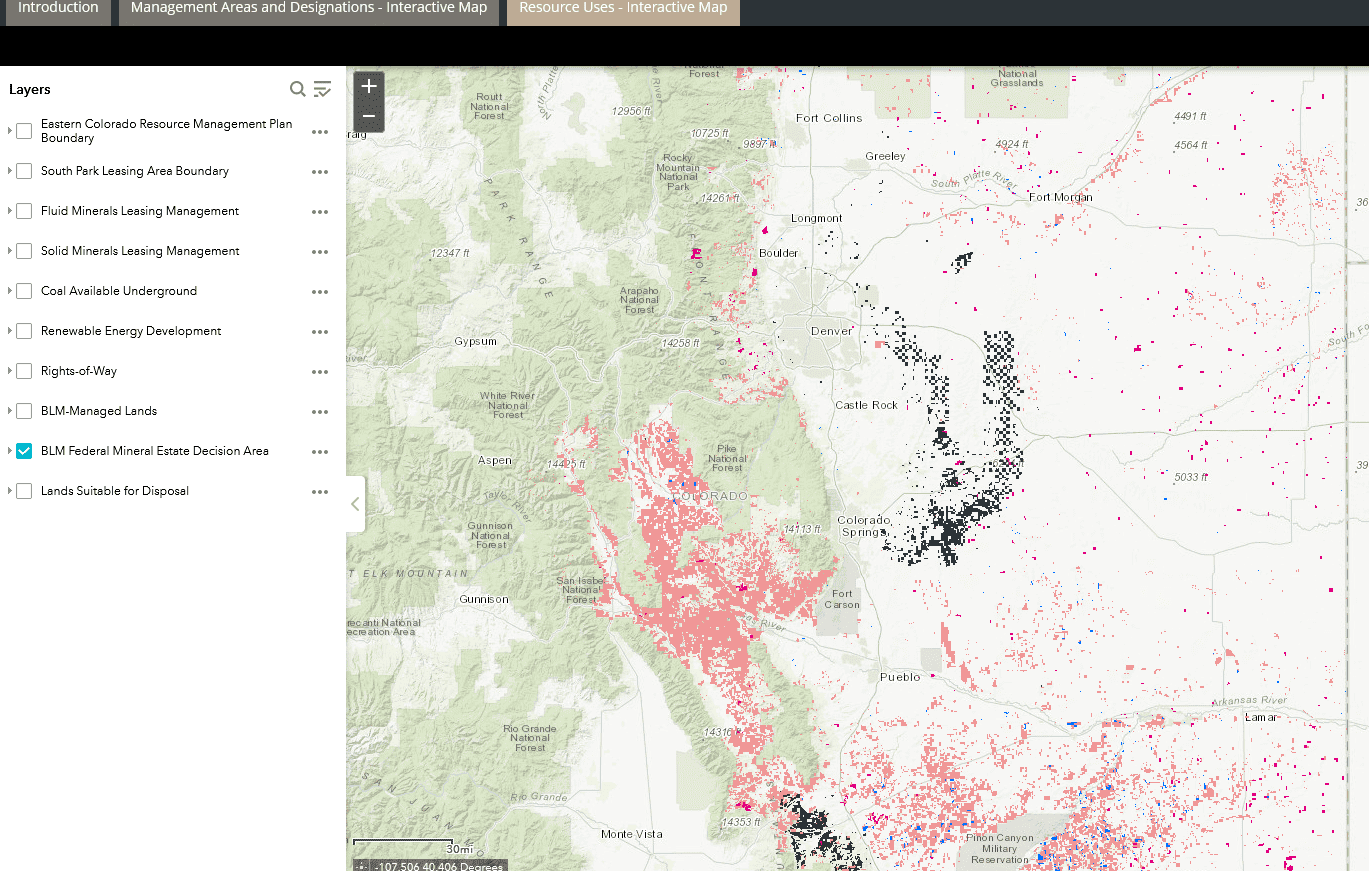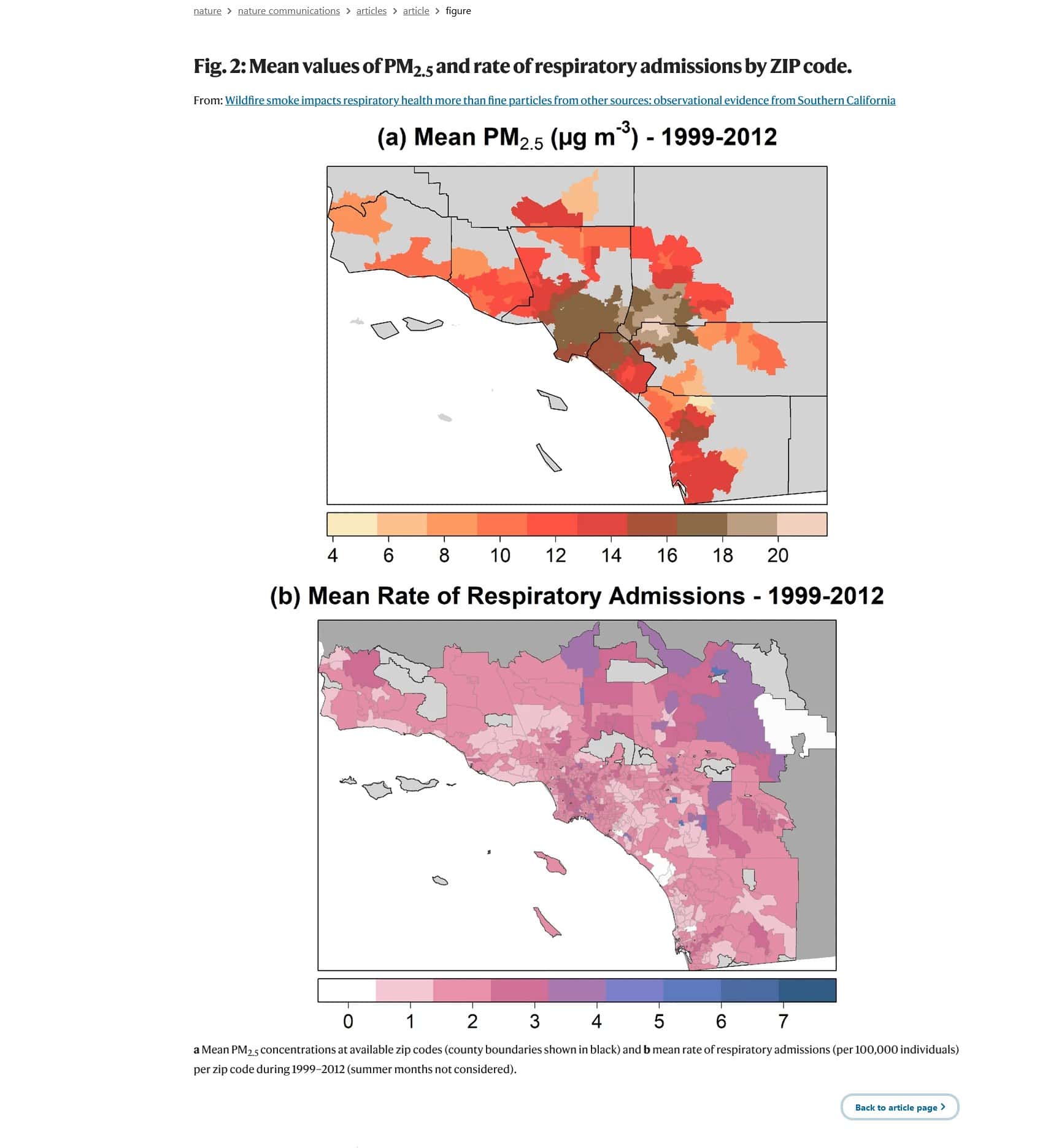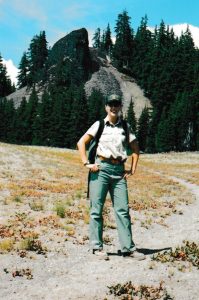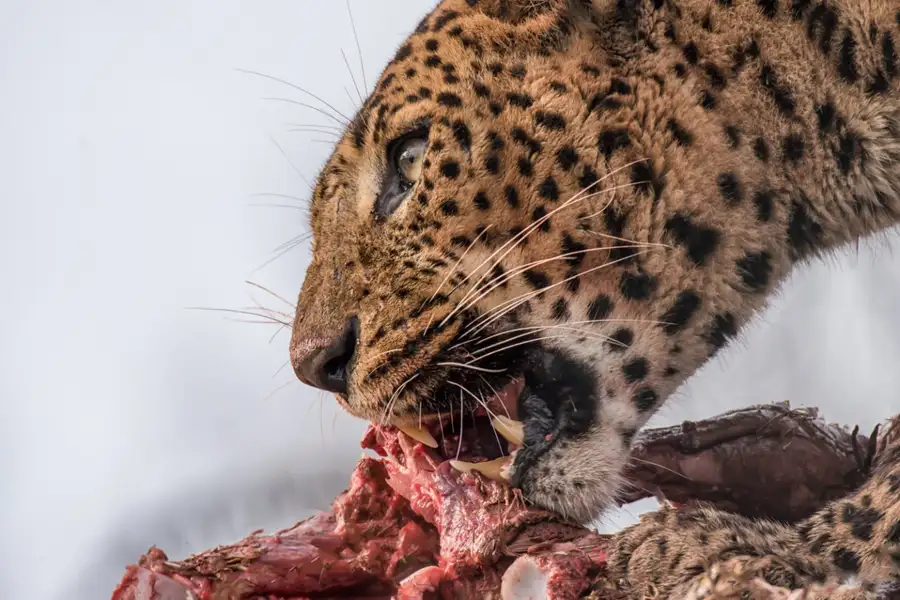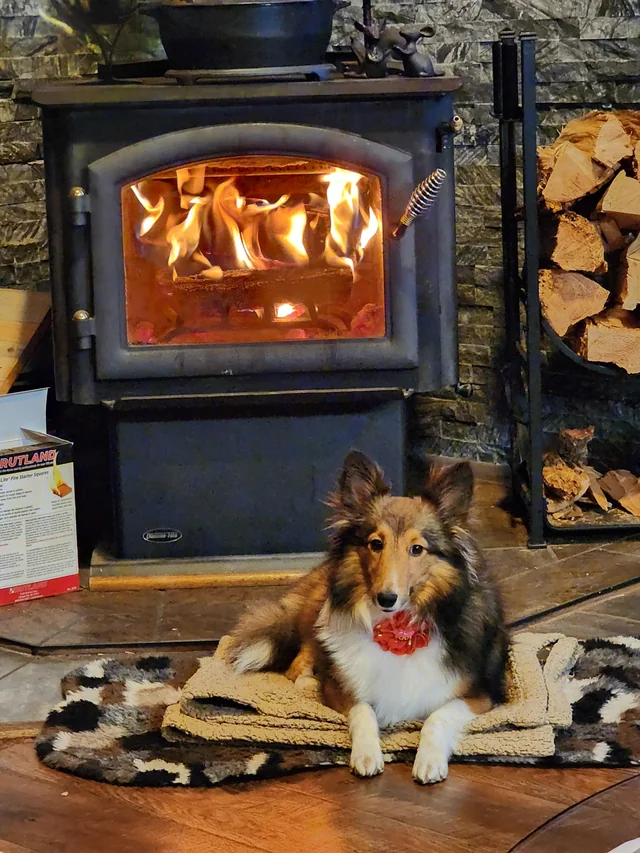
Apologies for this long post, but it took awhile to research this proposal. We don’t even have a category in TSW for “financial instruments.”
Well, as most of us can’t help but know, this year is a Presidential election year. For our friends currently in the federal government, we are well in to the “silly season,” characterized by random flounderings of the current Administration seeking to placate or enthuse various groups whom they consider to be Important, and to avoid doing anything that they might be upset about, or that the Opposition might highlight. It’s hard to thread that needle and actually accomplish anything, and when in doubt.. don’t is the word of the season.
The image that comes to mind is of a loose hose. As a career fed, my goal was to stay out of the way and not get blasted.
It seems to me that the “natural asset companies” idea of the NYSE (New York Stock Exchange) exhibits some silly season attributes. Just when I felt I had done enough research to come to an opinion on it, the proposal was cancelled. I try to stay away from partisan politics, but perhaps the best thing we can do this year is to show that many policy issues in our area of forests and federal lands do not fit neatly into the R/D divide. It seems like some folks are trying to shoehorn complex political views and ideologies into the “us or them” box prior to the election. This shoehorning can cut off consideration of obvious policy choices that people of various views agree on, obfuscates honest rendering of within-party disagreements, and makes people seem more divided than we really are. Yes, we disagree, but not neatly along party lines. After all, political parties are somewhat artificial constructs.
Anyway, back to an E&E News article on the effort being cancelled.
The NYSE withdrew a proposal pending before the Securities and Exchange Commission that would have allowed it to offer the new kind of investment known as “natural asset companies,” or NACs. The investment concept centered on the creation of companies geared toward improving ecosystems, including those on state or federal public lands, in the United States or abroad, as well as privately owned acreage. The companies would then put a dollar figure on the resulting improvements, such as clean air, wildlife habitat and even “sensory benefits” like a nice view.
But the idea, first unveiled in 2021 by the financial services firm Intrinsic Exchange Group and supported by the NYSE and groups like the Rockefeller Foundation, has faced significant opposition from Republican officials and property rights advocates since the SEC began reviewing it last fall. Critics asserted the companies could become a backdoor for stricter management of public lands and waters by limiting extractive industry, as well as uses like grazing. They also asserted it could create an avenue for foreign governments to gain operational control of U.S. public lands. In a statement, the NYSE pointed to “feedback from regulators, market participants and others” for its decision to withdraw the proposal but did not address any specific criticisms.
To be fair, critics included recreationists who were concerned about access. We can also wonder about how Tribes might be involved.
Earlier this month, a coalition of 25 Republican state attorneys general inked a letter opposing the investment scheme, and the House Natural Resources Committee’s Republican members opened an inquiry on the development of the proposal.
“Innovation is the lifeblood of our economy and we are always open to ideas in the area of sustainable finance and elsewhere that have the potential to further strengthen our U.S. capital markets,” an NYSE spokesperson said. IEG Chair Douglas Eger said the firm does not intend to abandon its idea, noting the investments could still be pursued through private equity or another public exchange.
“We’re moving ahead. This is just too important for conservation, sustainability, for the farm economy,” Eger said. “These are fundamental things that need to be addressed at a capital market scale. IEG is committed to bringing this to the markets, private and eventually public.”
Ah.. private equity. They did so well with nursing homes.. not.
Anyway, this got my political spidey sense tingling.. a NY financial fellow proclaiming what is important to the “farm economy.” Farmers are often Republicans. Republicans, by and large, were not fans of this proposal. Maybe farmers are not fans of novel capital markets; maybe they’re happy with the current USDA structure that has been built and working for over one hundred years. The old “if it ain’t broke, don’t fix it.” IMHO, it takes some hubris for people in one sector to simply claim we need them involved in our sectors. Perhaps this is the sectoral equivalent (sectoral encroachment) of scientific disciplinary encroachment that I posted about on Monday.
Then there are a few issues around trust and the Wall Street folks. Not that long ago, it was a progressive thing to mistrust Wall Street. Remember Matt Taibbi’s reporting in Rolling Stone.. not on Fox News? It wasn’t that long ago that our financial friends and their regulators caused the Great Recession. In fact, many progressive Democrats, including Bernie Sanders, have questioned various things about Wall Street’s behavior patterns.
Since irritating Republicans seems a feature, not a bug, of many current Admin policies (think Monumentizing in R States), my hypothesis is that this was ultimately a D vs. D decision; that the former Bernie-ites were not thrilled by handing conservation and food over to a sector which notably screwed up the entire world not that long ago. And who can blame them? Maybe that’s something we can agree on. Perhaps this switcheroo is due to the flailing firehose effect.
On the other hand, at least some of our libertarian friends, usually considered to be right-wing and Republican-adjacent, see this as another example of “willing buyer and willing seller.” So I don’t see people lining up in any traditional R/D lines here.
Then there’s your average citizen who reads newspapers, who may have internalize the lesson “if a financial instrument is developed that is really difficult to understand, the people involved probably doesn’t have your best interests at heart.” If only.. we had a Good Governance Party, one of the principles would be: “we don’t give regulatory agencies any more responsibilities until they have proven accountable for the regulations they already enforce.” And..SEC would not be on that list.
If I were in the business of building trust for new ideas, I’d be really clear on what the needs is and why current solutions aren’t working. Also, I’d give people time to understand it, including public meetings and so on. From Federal Newswire
After SEC issued their proposed rule to approve NACs, they initially allowed only 21 days for comment and 45 days for review. After major concerns were raised by ASL and its partners, the decision-making time was extended to January 2.
To paraphrase the expression “great claims require great evidence’, I’d say “novel interventions require great explanation and public involvement.”
What this reminds me of is the “conservation lease” idea in the proposed BLM Rule- retirees and common sense tell us we can already restore degraded landscapes and we don’t need new financial arrangements. If there were policy referees, they might give a penalty for “inadequate need for change.”
As always, in the absence of rational arguments, we must consider- partisan politics. From CNBC:
“Year in and year out, this torrent of money gives Wall Street an outsized role in how we are governed, while driving and protecting policies that help this industry’s super wealthy amass even greater fortunes at the expense of the rest of us,” Lisa Donner, executive director of Americans for Financial Reform, told CNBC in a statement.
The report says that individuals and campaign entities linked to the financial sector contributed just more than $1.9 billion toward backing candidates running for federal office, including over $74 million that went to supporting President Joe Biden’s run for president.
Of the $1.9 billion, 47% went to Republicans and 53% went to Democrats. In fact, this report notes that more than $250 million from those working in the FIRE sector went toward supporting Biden, the most out of all the contenders for president. Those contributions were a mix of donations to his campaign and outside groups supporting him.
But back to the proposal from the E&E news story:
Eger also emphasized that the decision to withdraw the rule change pending before the SEC came from the NYSE and not his firm. “They made the decision that they wanted to pull the filing because of the opposition,” Eger said. “They felt there were a number of concerns that had been raised, and they felt it was better to pull it. We were disappointed in that.” Eger also lamented “misinformation” that targeted the proposal, pointing to arguments that the NACs would allow foreign governments to control federal or state lands, and allegations that the firm collaborated with the Biden proposal to further its own conservation agenda.
“It got tied up with a lot of other political agendas,” Eger said. “And unfortunately that got a lot of people upset, and they never were willing to dig down or even have conversations with us about what NACs are intended to do, what they can do, what they can’t do.”
Now even the humble career civil servants at the FS and BLM know that presenting new ideas to the public is their responsibility, and it is the work of the proposer to start the conversations. Transparency and accountability build trust in institutions.
But what is the link between the NACs and the BLM conservation rule? The Center for Western Priorities tells us that there is no connection, and gives some history of the idea. People who are legitimately concerned about access.. like RV folks and others, are accused of being “conservation opponents,” or are concerned about Wall Street taking over more of our lives are now “conspiracy theorists.” For those of you not familar with CWP, it is a project of the Resources Legacy Fund funded by the usual philanthropic suspects, who have ties to D politics.
The BLM’s proposed conservation rule has nothing to do with this theoretical accounting future. It just happens to be moving through the regulatory process at the same time that Wall Street is considering letting some companies voluntarily account for the value of nature. But that alone is enough of a threat to the status quo that conservation opponents are willing to invent new conspiracy theories to try to stop it.
In my experience, “conspiracy theory” has been used by some to discourage people from doing more research and analysis (think Covid origins).
Here’s a link to the SEC proposed rule:
NACs will be corporations that hold the rights to the ecological performance ( i.e., the value of natural assets and production of ecosystem services) produced by natural or working areas, such as national reserves or large-scale farmlands, and have the authority to manage the areas for conservation, restoration, or sustainable management. These rights can be licensed like other rights, including “run with the land” rights (such as mineral rights, water rights, or air rights), and NACs are expected to license these rights from sovereign nations or private landowners.
So the proposal includes “national reserves,” and the BLM proposed rule says conservation leases, and yet from CWP we are to believe that for there to be a connection it must be a conspiracy theory. So I guess the answer is that agencies are going in random directions that, through happenstance, line up. Not sure that that’s a better argument for the managerial excellence of this Admin.
I don’t know about you, but it sounds to me like a lot of money will be changing hands.. but the more direct method would be “funder or group of funders to willing landowner to manage for specific values.” Maybe we need a “poor people’s instrument to combine to pay for ecosystem services” that is not publicly traded, without all the regulatory (transaction) costs on both the landowner and SEC sides. More money for conservation, less for counting and watching and paying counters and watchers and possibly investors.
The Exchange and IEG have entered into an agreement pursuant to which IEG has granted the Exchange an exclusive license in the United States to use the Reporting Framework in connection with the listing of NACs on the Exchange (although the Reporting Framework will remain proprietary to IEG). Under the terms of the agreement, the Exchange has acquired a small minority interest in IEG and one seat on IEG’s board of directors. IEG has agreed to seek to identify and develop NACs for listing on the Exchange, in addition to marketing the listing and trading of NACs on the Exchange and providing training with respect to the NAC structure and the Reporting Framework to NYSE personnel and currently listed and potential listed NACs. IEG will be entitled to a share of the revenues generated by the Exchange from the listing and trading of NACs on the NYSE.
So NYSE makes money from NACs, IEG makes money (from license) to NYSE. It all sounds very cozy.
Who is IEG? Here’s some information I could find.
The company’s asset’s primary purpose is to maximize ecological performance and the production of ecosystem services and provide a platform to list these companies for trading, enabling companies to convert natural assets into financial capital.
This sounds very free-market-y indeed to me.


